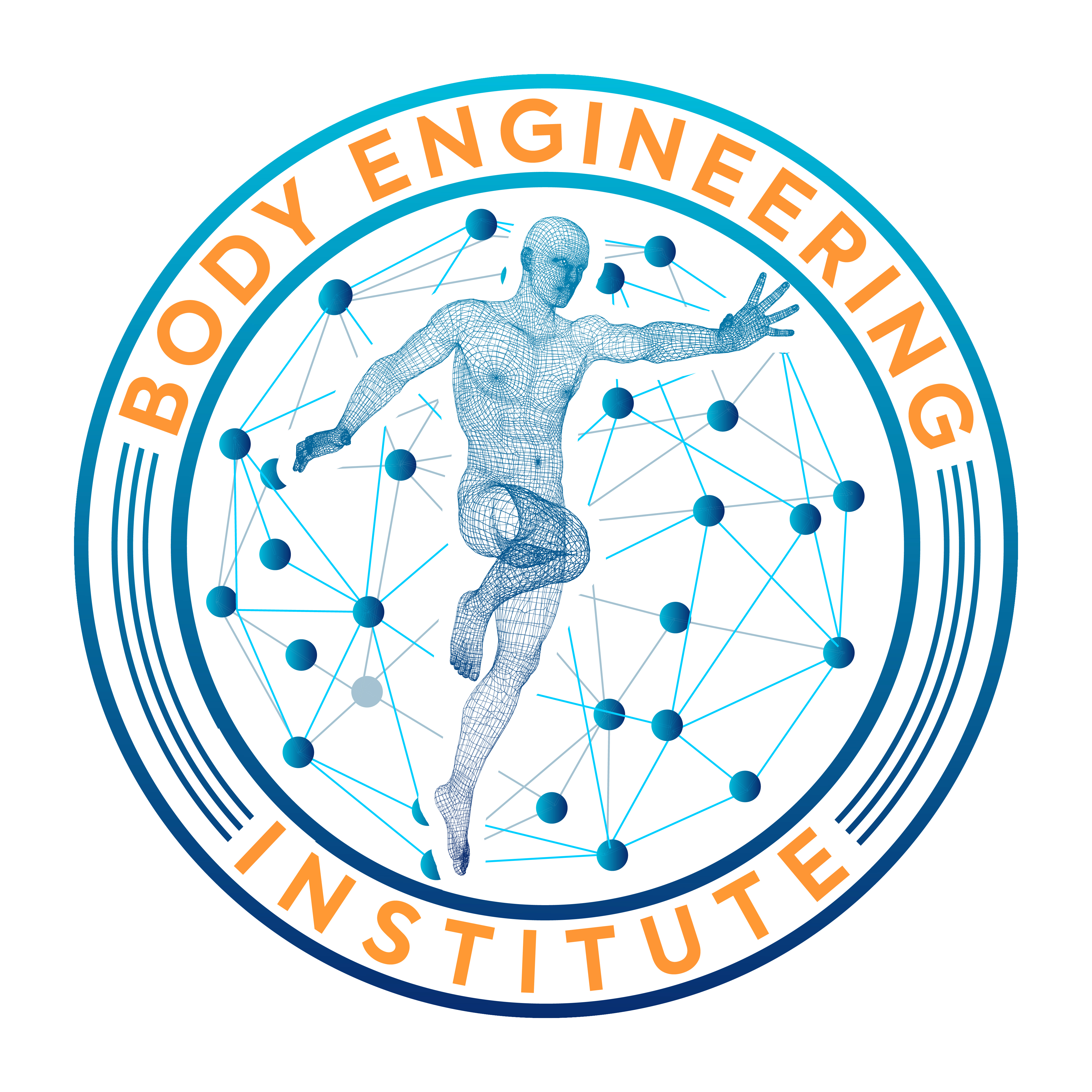
Pain Science Insights on Performance: Expert Insights with Marnie Hartman
After traumatic life events some people experience negative mental and physical health outcomes, while others not only survive, but thrive.
We don’t all strive for elite physical performance, but we do all place demands on our bodies. Some of the internal signals that we receive as a result could be interpreted as pain, so how do we know when we should push through and when we should pull back?
We have talked in previous episodes about the complex phenomenon of pain, and how deeply enmeshed our perception of pain is with our beliefs and previous experiences. Today that conversation continues with host Rachel and returning guest and Doctor of Physical Therapy Marnie Hartman.
In this episode, Marnie and host Rachel explore what neuroscience can teach us about physical performance. Listen in as we discuss the importance of bringing curiosity and playfulness into our physical pursuits, choosing to question our assumptions, and learning to listen deeply – but with discernment – to our internal signals.
“It’s not about the performance. It’s about the learning that you get to take from your mat into other areas of performance.” – Marnie Hartman
“You’re looking for things that are going to reduce over-activation of the fear-stress response…and increase any under-activation that’s happening in the reward pathways.” – Valerie Knopik PhD
YOU CAN SUBSCRIBE AND LISTEN TO THE PODCAST ON APPLE PODCASTS. AND BE SURE TO LEAVE US A RATING AND REVIEW!
“If we can increase the activity in these areas of the brain that release dopamine then perhaps we can boost resilience.” – Valerie Knopik PhD
Show Notes:
- A key review article on the neuroscience of resilience in adults [4:41]
- Defining resilience [6:29]
- A tripartite model: key neural pathways for resilience [9:11]
- 1: Fear and distress network, the amygdala and HPA axis [11:44]
- 2: Reward pathways, the mid-brain and the role of Dopamine [17:25]
- 3: The default mode network and the role of rumination [23:21]
- Some strategies influence more than one pathway [30:10]
- Reframing the stress response [32:16]
- Down-regulating the negative: therapy, journalling, affect labelling [34:11]
- The power of the breath [39:07]
- Up-regulating the positive: optimism, humor, social connection, gratitude [42:24]
- Finding joy in required tasks [45:28]
- Transcending the self: finding meaning and purpose, nature, flow state [50:17]
- Final takeaways and further resources [55:03]
Links Mentioned:
- Watch this episode on YouTube
- Tabibnia et al, “An affective neuroscience model of boosting resilience in adults”
- Yoga Medicine® Podcast Episode 49: Epigenetics, Mental Health & Yoga with Valerie Knopik PhD
- Mental Health & Wellness Yoga Teacher Training:
- Yoga Medicine® Online Resources:
- Connect with Valerie Knopik:
Instagram | Facebook | Twitter | Yoga Medicine Online Teacher
“Stringing together things that bring you joy might take just a little bit of effort, but the reward you get afterwards makes the effort worthwhile.” – Rachel Land

